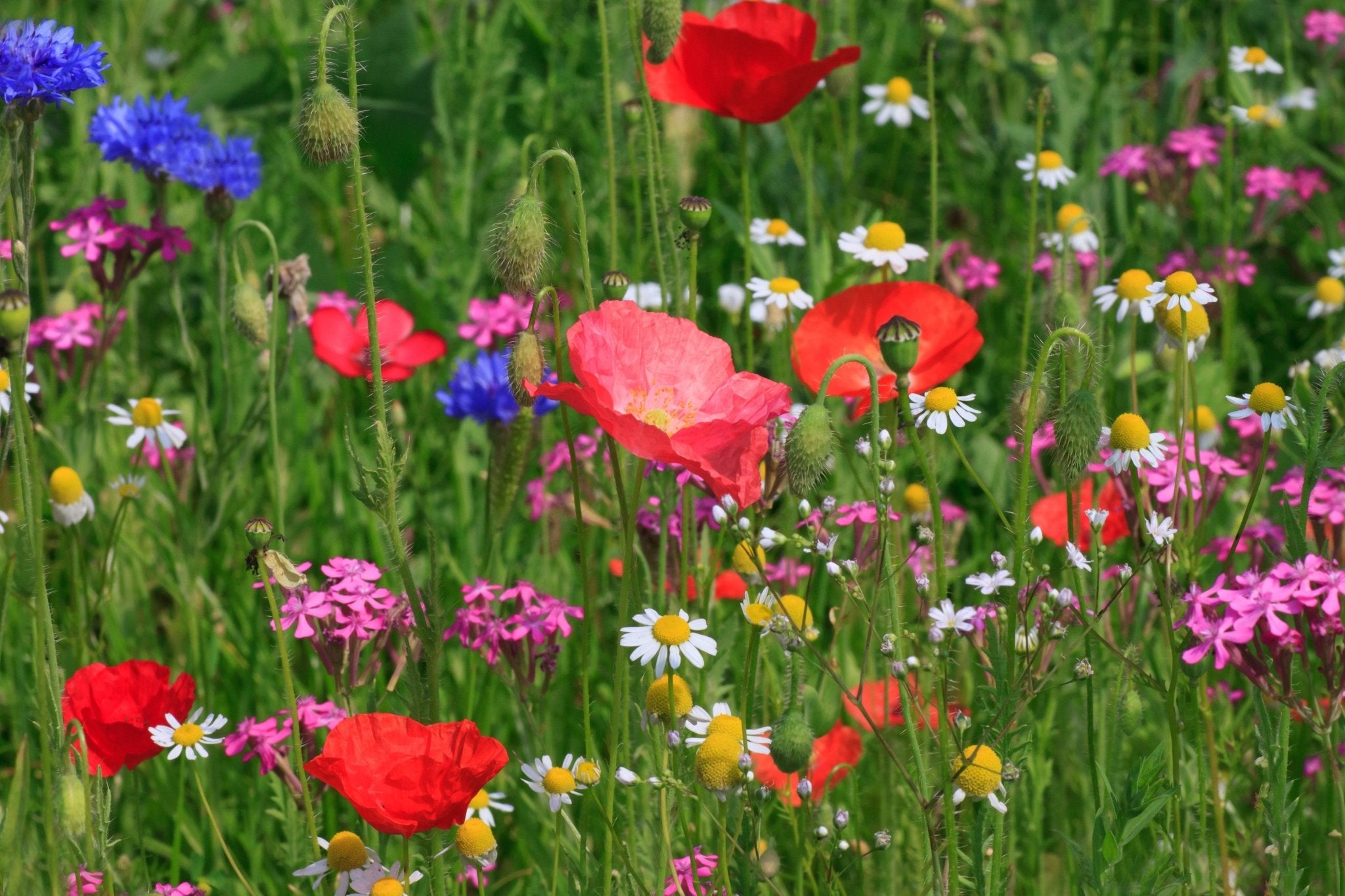One of the true beauties of the summer garden for me must be the Regal Lily. Lilium regale is aptly named for it is like a royal visitor in the garden.
The strongly scented white flowers are produced on top of stems that can be between 1.2 and 1.8 metres (4-6ft) in height. The flowers are summer personified or florsonified, not a word I know but it should be, for what I mean by it is that every aspect of summer and the sheer beauty of the season is represented in the flowers of this Lily.

Long funnels open up into trumpet shaped strongly scented white flowers with an orange centre and long yellow stamens. They like a well drained soil and so incorporate some grit and also tilt the bulb slightly to the side when planting as this will help prevent water lodging and collecting in the scales of the bulb which will lead to rot.
They adore hot sunny weather and so position them in an area of the garden where they will get as much heat and sunlight as possible. Now is the time to source the bulbs before they run out and they will always be one of the first of the summer flowering bulbs to sell out. (See this link 'Lilium Regale' for my own bulbs, available for nationwide delivery)

Once you have a clump established and they are happy with your choice of soil and location then they will thrive and bulk up into quite a large clump which will be ripe for division after a few years.
They are one of those plants that from a design perspective seem to work anywhere; a simple terracotta pot filled with these Lilies can look simple, elegant and classic but equally at the back of a mixed border they will also look stunning and demand your attention.
The heady aroma from the flowers can be nearly overpowering when the blooms are used inside as a cut flower but wafting through your garden on a hot summers evening it gets inside you and takes control of all your senses, with an almost hallucinogenic effect.
Like so much in the garden it will lift your spirits and inhaling a lungful will always put you in a better, lighter mood but do beware as all parts of the plant are poisonous.
Visually sensational, and olfractorily incomparable, give your senses a treat this summer with one of the scented Lilies.
I’m not the only one who adores Lilies however, for beware the dramatic looking red Lily Beetle.

These beetles made it to number 4 on the RHS list of Top 10 Garden Pests in 2014. The adult beetle will overwinter just under the soil or leaf debris and should start to emerge soon as the days begin to warm up.
The Lily Beetle will feed on the foliage and flower buds of the Lilies laying eggs from April onwards on the undersides of the leaves.
One of the most effective ways to control them is to be vigilant over the next few months physically picking and removing the adults before they can lay their eggs. Chemical control is available but I would encourage you not to go for that option as chemical insecticides are very damaging in the garden to all species.

The picture above shows the different developmental stages of the Lily Beetle
I and those like me speak about plants in Latin and always refer to plants by their botanical name and this is namely because common names will vary from parish to parish whilst Latin is international.
This is very relevant when talking about Lilies as I can’t think of any other group of plants that have so many common names. One plant, Zantedeschia aethiopica is known as Arum Lily, Calla Lily, St Anthonys Lily and Easter Lily and what is most interesting is that it is not a true Lily, nor is it an Arum or indeed a Calla. You see now how confusion can reign.
I was asked recently did I know the correct name for St Josephs Lily and this is another example of where names can confuse. Lilium longiflorum is referred to as St Josephs Lily and indeed also known to many as the Easter Lily.
It is in all aspects similar to Lilium regale but another plant known as St Josephs Lily is the red flowering Hippeastrum x johnsonii. However the Hippeastrum is not hardy in this part of the world and would need to be grown as an indoor plant but it does illustrate how different regions will have different names for a plant.
Several plants are referred to as the Easer Lily and this is quite obviously because they will flower during April but often there is an interesting story behind common names and such is the case with St Josephs Lily, Lilium longiflorum. Legend has it that St Joseph, husband of Mary was chosen by the blossoming of his staff like a Lily.
The Biblical quote ‘The just man will blossom like a Lily’ is applied to St Joseph and in religious art the Lily is the symbol of St Joseph.
You May Also Like to Know....

Snowdrops will soon be at their best in the garden. Don’t forget to bulk up on your numbers by dividing these clumps. Snowdrops, Galanthus nivalis are one of the few bulbs that are better to be lifted, divided and planted ‘in the green’. They will do much better if lifted and divided now than if you plant bulbs which are dry and tired in the autumn.









Leave a comment